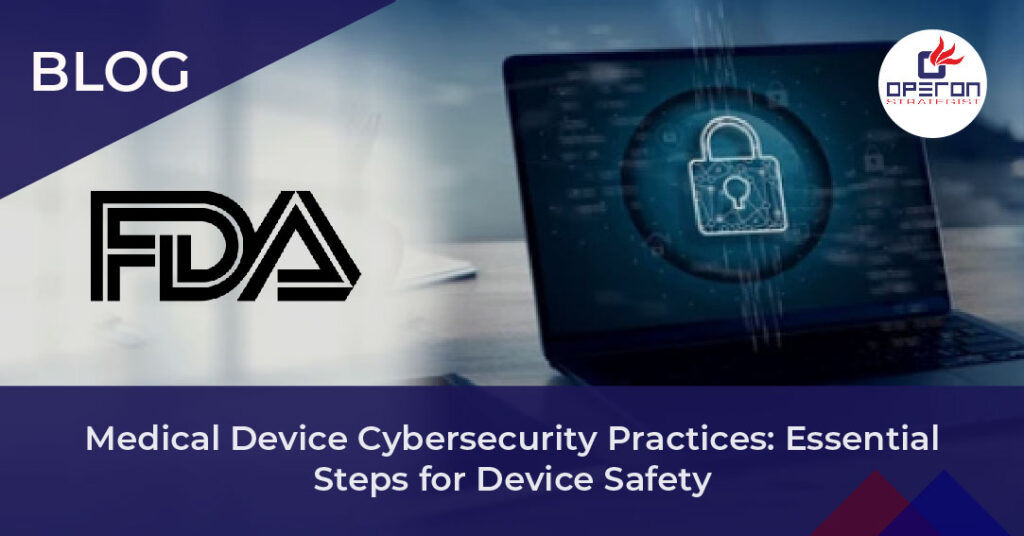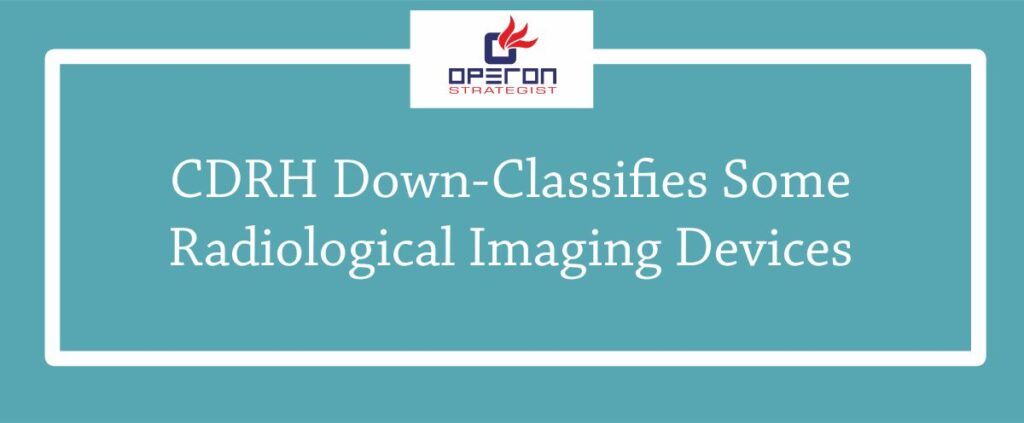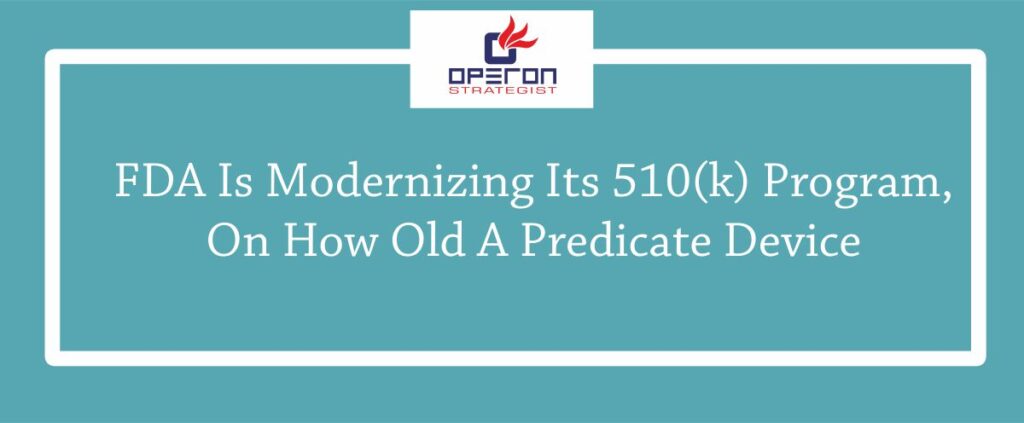Securing Medical Device Cybersecurity Practices
In today’s connected world, cybersecurity for medical devices is more crucial than ever. With advanced networked capabilities, these devices face unique threats that could potentially compromise patient safety and data integrity. Recognizing these risks, the FDA has intensified its focus on medical device cybersecurity, encouraging manufacturers to implement proactive measures to safeguard users and data.
Looking For a Medical Device Regulatory Consultant?
Does Your Medical Device Require Cybersecurity Measures?
If your device has any of the following characteristics, cybersecurity measures are essential:
- Cloud-hosted capabilities that store or manage patient data
- Network or wireless features for remote access or communication
- External ports like USB or serial ports, or support for removable media
- Software update functionality to receive patches or upgrades
Devices with these capabilities present attractive targets for cyber threats, and without robust cybersecurity measures, patient safety and data integrity may be at risk.
Key Steps to Enhance Medical Device Cybersecurity
The development of secure medical devices starts with a well-defined cybersecurity plan. Here are some essential steps for manufacturers to consider:
- Planning: Establish clear security roles and responsibilities, as well as effective risk assessment methods.
- Architecture: Document critical security aspects of device design, and conduct thorough risk assessments.
- Development: Implement security controls during development to address potential risks proactively.
- Testing: Conduct rigorous testing, including vulnerability scanning and penetration tests, to uncover weaknesses.
- Labeling: Provide a Software Bill of Materials (SBOM) and include essential cybersecurity information for users.
- Maintenance: Ongoing monitoring and updating are vital to address emerging vulnerabilities and maintain device security.
Best Medical Device Cybersecurity Practices
To enhance device security, consider these best practices:
- Separate Security and Safety Risk Management: Since security and safety present unique challenges, handling them separately helps ensure both aspects are thoroughly addressed.
- Implement Threat Modeling: Proactively identify and manage potential security threats with threat modeling techniques.
- Ongoing Monitoring and Updates: Commit to continuous monitoring and timely updates to counter evolving cyber threats effectively.
By implementing these best medical device cybersecurity practices, manufacturers can create safer, more resilient devices that better protect patients.
Access Expert Consulting Services for Medical Device Regulations
Role of Operon Strategist in Medical Device Cybersecurity
Operon Strategist, a leading medical device regulatory consultant, plays a crucial role in helping manufacturers navigate complex cybersecurity requirements. Our team provides comprehensive support for risk assessment, regulatory compliance, and the integration of cybersecurity best practices. From initial design through maintenance, we guide clients in securing devices against cyber threats, ensuring both FDA and global regulatory compliance. Operon Strategist’s expertise in medical device consulting makes us an invaluable partner in enhancing device safety and maintaining regulatory alignment, ensuring that your products meet the highest standards for cybersecurity and patient care.
By prioritizing cybersecurity, manufacturers not only meet regulatory demands but also contribute to safer, more reliable healthcare solutions.
- adminhttps://operonstrategist.com/author/admin-2/
- adminhttps://operonstrategist.com/author/admin-2/
- adminhttps://operonstrategist.com/author/admin-2/
- adminhttps://operonstrategist.com/author/admin-2/




